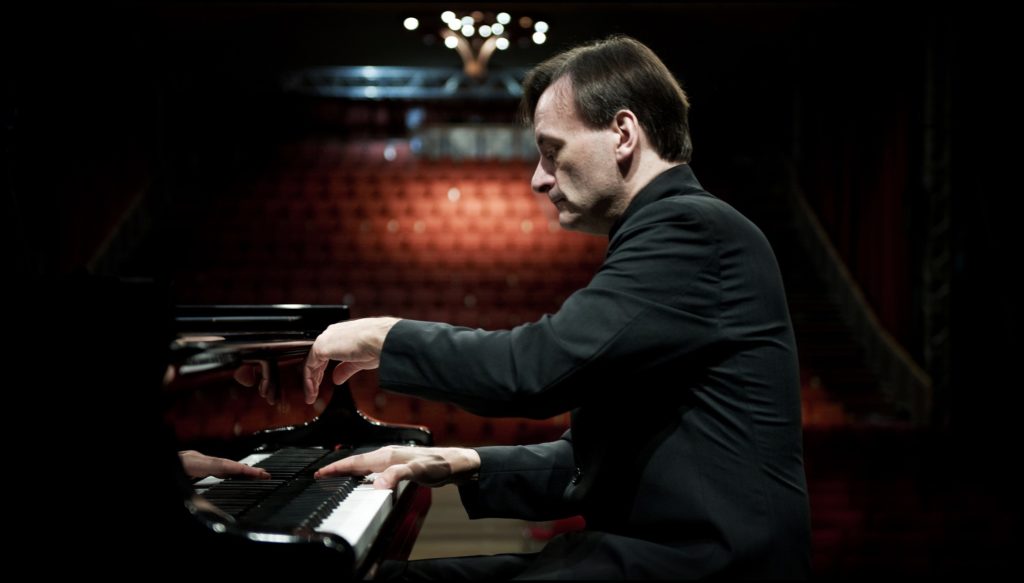
THE resumption of the University of York’s Live Concert series was greeted with a full house on Wednesday. No wonder: we were there to welcome a titan of the keyboard.
Stephen Hough was in pugnacious mood, as well he might be after prolonged lockdown, a hungry lion newly released from his cage. He had chosen to satisfy his appetite on meaty chunks of Schumann and Chopin, leavened by two British composers, Alan Rawsthorne and Hough himself.
Rawsthorne’s Bagatelles, his first serious piano music that coincided with his first international recognition in 1938, launched Hough straight into a tempestuous whirlwind, although that was soon moderated by more pensive lyricism, a skittish interlude and a sad duologue between the hands, as if looking back at what might have been these past two years.
Forward-looking Schumann, stretching tonality as far as he ever did, came with Kreisleriana, dedicated to Chopin but written in 1838 with Clara Wieck in mind, in the long run-up to their marriage two years later.
The two sides of Schumann’s personality, fiery Florestan and easy-going Eusebius, actually mirrored the eccentric conductor Kreisler (a figment of E T A Hoffmann’s imagination), who is pictured here in eight “fantasies”, in G minor or its relative major, B flat.
In truth, it was Florestan who had much the upper hand in this account, with the forte passages cumulatively becoming an angry tour de force and the slower melodies tending towards moodiness. But there always a keen sense of shape, even when Schumann was at his most temperamental.
Hough’s own five-movement Partita, written only two years ago, proved a substantial treat. The martial opening of its Overture returns in driven style after a flightier Trio (such as every march should have), before a cute little coda.
A jittery Capriccio and two eloquent song-and-dance routines inspired by Mompou, the one very high, the other elegiac, preceded a hugely demanding Toccata, which could not help recalling Widor’s eponymous movement from his Fifth Symphony. It reached a breath-taking climax.
Finally, to more familiar Chopin, which was greeted with rapt attention. Ballade No 3 came across as an entity, rather than a series of episodes and its continuity was wholly convincing.
Hough’s unique ability to sustain a melody had really begun to emerge. In two nocturnes we were in piano heaven, with the most delicate of decorations in the F sharp (Op 15 No 2) and a gorgeously restrained, barely audible ending to the E flat (Op 9 No 2).
There was considerable urgency in the Second Scherzo, in B flat minor, which meant a mildly garbled ending when it accelerated, but by now Hough could do no wrong. This virtuoso lion was taking no prisoners – and we loved him for it. What a return!
Review by Martin Dreyer
